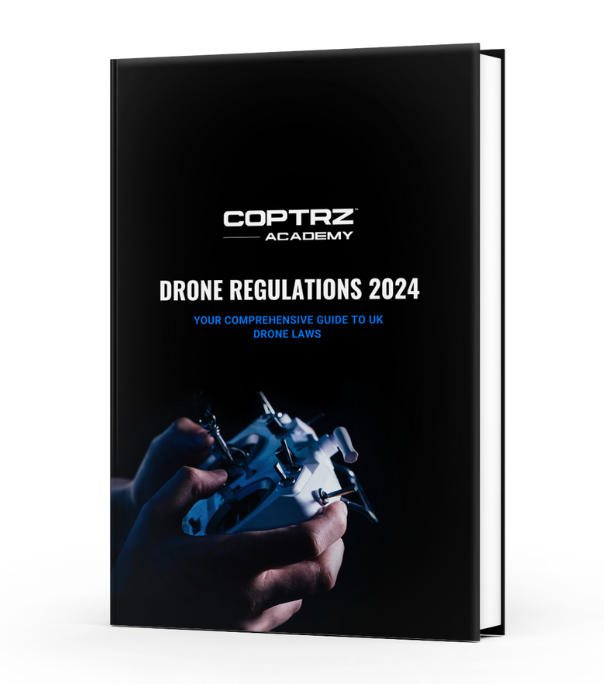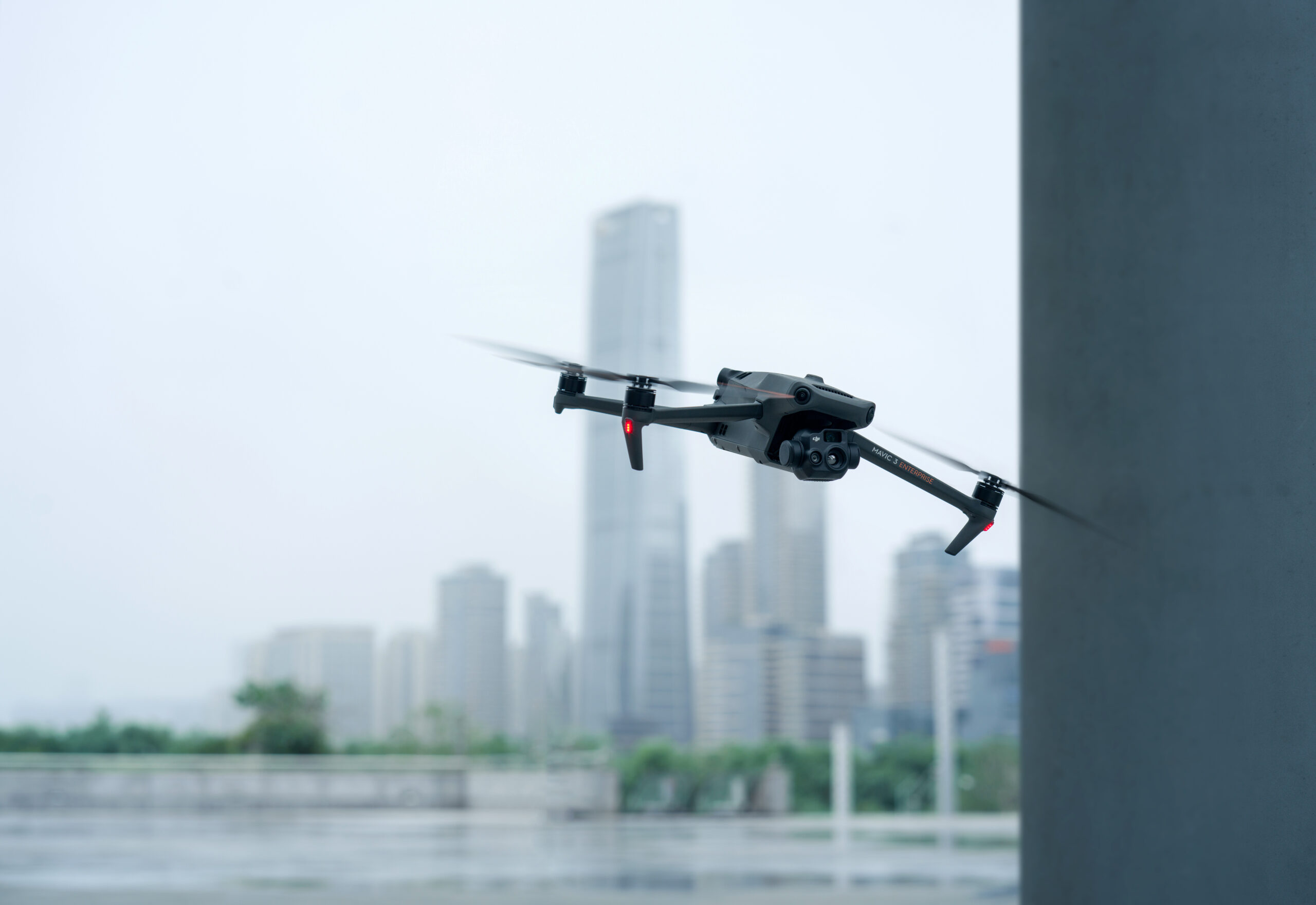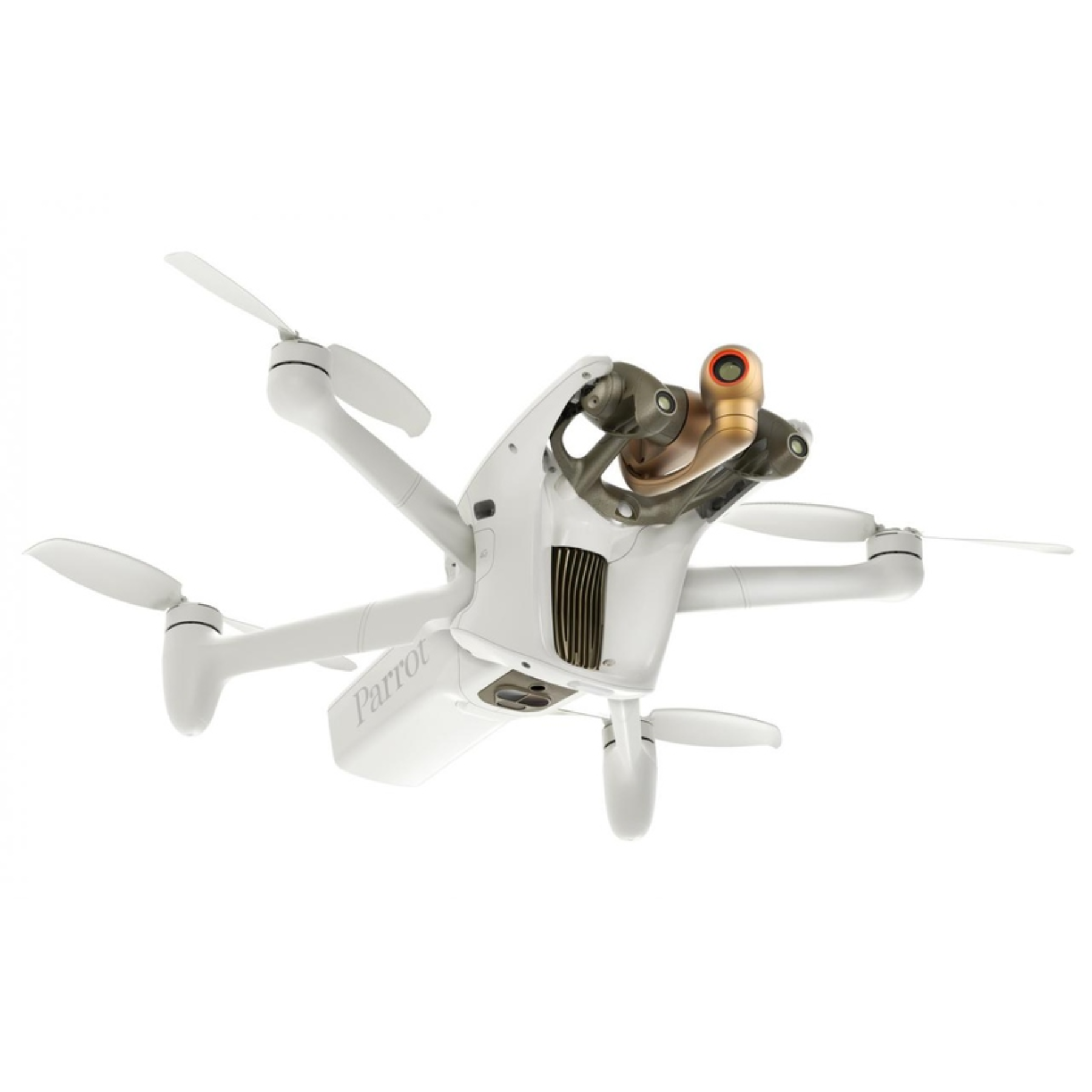Drone Regulations Guide
Welcome to your one-stop-shop for all things drone regulations and training.

Overview the UK's Drone Regulations
The regulations are intended to cover three basic areas

Operation
Centric
The operation type determines the impact of an incident with an unmanned aircraft, as the outcome depends solely on its location, given no one is onboard.

Risk
Based
This looks to address the requirements needed by an Operator or Remote Pilot. As the risk increases, so does the need for oversight.

Performance
Based
The primary requirements are aimed at identifying the performance levels,
rather than creating a set of prescriptive rules.
A2 Certificate of Competency
Have more freedom in the Open Category. Start the course today >
How To Get Started

1) DRONE REGULATIONS
Familiarise yourself with the guidelines for safe drone flight to ensure compliance.
Find out what class your drone is in. Drones are classed from C0 up to C4 dependent on requirements such as weight and capabilities of the drone.

2) TRAINING & CERTIFICATION
For commercial operations, you must obtain a General Visual Line of Sight (GVC) certificate.
For flights close to people with C2 class drones (250g - 2kg) in the A2 subcategory, an A2 Certificate of Competency is required.
Explore our range of courses here.

3) DRAFT OPERATIONS MANUAL
Prepare a detailed manual outlining how you plan to use the drone for commercial activities. This is crucial for CAA approval.
Find our free aviation document downloadables in the Coptrz Academy Toolbox.

4) APPLY FOR OPERATIONAL AUTHORISATION & IMNSURANCE
Obtain Operational Authorisation from the CAA and ensure you have third-party liability insurance for your commercial drone operations.
We provide drone insurance through our trusted partner Moonrock Insurance.
Drone Classifications

OPEN CATEGORY
Open category operations present no risk or low risk to third parties. It has 3 sub categories that have different restrictions in place regarding craft, qualifications and distances
Qualification requirement: None/ A2 CofC (more freedom in the open category)
CAA Application: Not required

SPECIFIC CATEGORY
Specific category operations present a greater risk with one or more elements of the operation falling outside the boundaries of the Open category.
The specific category allows you to operate in places you can’t in the open category e.g congested areas with a GVC.
Qualification requirement: GVC
CAA Application: Required

CERTIFIED CATGEORY
Certified category operations present the same level of risk to manned aviation and will be subjected to the same regulatory regime (i.e. certification of the aircraft, certification of the operator, licensing of the pilot.
In the future, this could encompass developments such as air taxis.
CAA Application: Required
General Visual Line of Sight Course (GVC)
Choose where you learn. Pick between our online or classroom course.
Open Category
Pilots who fly in the Open category will be controlled by three main factors. These are:
- The maximum take-off mass of the unmanned aircraft must be less than 25kg
- The unmanned aircraft must be operated within visual line of sight (VLOS)
- The unmanned aircraft must not be flown higher than 120 metres (400 feet)
All three of these factors must apply for an Open category operation. If not, then the operation must be conducted under the requirements of the Specific category instead.
- The person in charge of the ‘obstacle’ has granted permission (i.e. the reason for the flight is related to that obstacle)
- The unmanned aircraft is not flown more than 15m above the top of the obstacle and must be kept within 50m horizontally of it.
Open Sub-Categories

A1 - FLY 'OVER' PEOPLE
Drones in this category pose a very low risk of harm or injury to people due to their low weight (drone weighs less than 250g), their type of construction, or because they are a toy (‘inherently harmless’); Flights over open-air groups of people are not permitted.

A2 - FLY 'CLOSE TO' PEOPLE
Drones must be no heavier than 4kg; You can fly to a minimum safe horizontal distance of 30m from uninvolved people; You can fly down to 5m horizontally of uninvolved people when the drones ‘ low-speed mode’ is selected; The operator must have completed the A2 CofC.

A3 - FLY 'FAR FROM' PEOPLE
This category covers the more general types of operations; The drone will only be flown in areas that are clear of uninvolved persons; Will not be flown in areas that are used for residential, commercial, industrial or recreational purposes (equivalent to ‘congested areas’).
Drone Classes in the Open Category
C0 drones are small and include toy drones;
- Under 250g maximum take-off mass;
- Maximum speed of 19m/s (approx. 42.5mph);
- Cannot be flown more than 120m (400ft) from the pilot
What training and certification do I need to fly a C0 Drone?
- UK Drone Registration required if camera equipped
- Read manufacturer user manual
- Online training for Commercial operators
- Online foundation test for Commercial operators
C1 drones are heavier than C0 drones and cover more commercial UAV’s;
– Under 900g in maximum take-off mass, or are made and perform in a way that if they collide with a person, the energy transmitted will be less than 80 Joules;
– They have a maximum speed of 19m/s (approx. 42.5 mph);
– They are designed and constructed so as to minimise injury to people;
– The standards also cover other aspects such as noise limits, height limits and requirements for remote identification and geo-awareness systems.
What training and certification do I need to fly a C1 Drone?
UK Drone Registration required
Read manufacturer user manual
Online training
Online foundation test
C2 class drones:
- Are less than 4kg in weight;
- They are designed and constructed so as to minimise injury to people;
- They are equipped with a low-speed mode which limits the maximum speed to 3m/s (approx. 6.7 mph) when selected by the remote pilot;
- The standards also cover other aspects such as noise limits (but different from Class C1), height limits and requirements for remote identification and geo-awareness systems, plus additional requirements if it is to be used during tethered flight.
What training and certification do I need to fly a C2 Drone?
- UK Drone Registration required
- Read manufacturer user manual
- Online training
- Online foundation test
- Self-practical training
- Certificate of Competence theoretical test (CofC Test)
Drones that have automatic control modes (such as found in typical multi-rotar drones) which:
- -Weigh less than 25kg in take-off mass;
- The standards also cover other aspects covering height limits and requirements for remote identification and geo-awareness systems;
- There are also additional requirements if it is to be used during tethered flight, but there is no specified noise limit;
What training and certification do I need to fly a C3 Drone?
- UK Drone Registration required
- Read manufacturer user manual
- Online training
- Online foundation test
- C4 class drones don’t possess any automation, other than for basic flight stabilisation (and so are more representative of a ‘traditional’ model aircraft);
- C4 drones are less than 25kg maximum take-off mass.
What training and certification do I need to fly a C4 Drone?
- UK Drone Registration required
- Read manufacturer user manual
- Online training
- Online foundation test
NEED MORE ANSWERS?
Read our FAQ's
What is a GVC?
The General “Visual Line of Sight” Certificate, often referred to as GVC, is the necessary drone training and credential to seek Operational Authorisation from the CAA. This authorisation permits you to operate a UAS within the Specific Category.
Do I need a GVC?
The GVC is an OFQUAL Level 4 accredited qualification, crucial for those aiming for advanced drone operations. Securing this certificate allows you to apply for the CAA’s Operational Authorisation, essential for flying in the Specific Category, which has higher operational risks. With the GVC, you gain permissions to:
- Fly up to 400ft above ground.
- Operate within 500m of yourself.
- Use drones in urban settings.
- Safely operate near uninvolved people.
What are examples where i would need a GVC?
The General “Visual Line of Sight” Certificate (GVC) is typically required for drone operations that fall under the Specific Category, which involves higher-risk activities compared to standard Open Category operations. Here are some examples of drone applications that might necessitate a GVC:
Industrial Inspections: Drones used to inspect infrastructure like power lines, pipelines, and bridges where proximity to hazards and the public might be a concern.
Surveying & Mapping: Precision work, especially in populated or sensitive areas, often requires advanced permissions.
- Construction Site Monitoring: Drones used to oversee progress and ensure safety might fly close to workers or machinery.
Public Safety & Emergency Services: Usage by law enforcement, fire departments, or search and rescue teams, especially in urban contexts or near crowds.
These applications might require the pilot to operate in scenarios where there’s a greater potential risk to the public or property, hence the need for a GVC and the accompanying Operational Authorisation from the CAA.
What is an A2 CofC?
The A2 CofC qualifies pilots to fly certain drones under specific conditions in the Open Category.
It allows you operate in A2 or A1 subcategories based on aircraft specifications. With it, pilots can fly C2 drones close to uninvolved people, given distance limitations.
Do I need an A2 CofC?
No, however you will be more limited to where you can fly your drone.
Holding an A2 CofC allows you to fly ‘Legacy Drones’ in either the A1 or A2 Subcategory of the Open Category, depending on their weight.
Without the A2 CofC, you’re restricted to the A3 Subcategory which mandates a 150m distance from residential, industrial, and other areas and ensures no uninvolved persons are nearby.
Do I need an A2 CofC or a GVC?
For those operating smaller, low-risk aircraft, the A2 CofC is an ideal certification. However, for more substantial aircraft with a higher associated risk, securing an Operational Authorisation is essential. To apply for this authorisation, you’ll require a General “Visual Line of Sight” Certificate (GVC).
What's a drone licence and why do I need one?
Pilots can now operate in the open category with no qualifications as long as they have read the user manual and completed their DMARES online training and exam to receive their flyer and operator IDs.
If you are wanting to operate closer to people and potentially within congested areas you would need to obtain your A2 CofC or your GVC. It is recommended to do your research before operating and make sure you understand the subcategories and the aircraft.
What can I fly in the A2 subcategory?
In the A2 subcategory, you can operate C2 drones and transitional aircraft under 2kg, like the DJI Mavic Enterprise Series or Parrot ANAFI Ai/ USA.
C2 aircraft should have a maximum take-off mass under 4kg, a low-speed mode (max 2m/s or 6.7mph), and features to minimise injury, geo-awareness, and low noise levels.
If using ‘legacy’ aircraft, you’ll be restricted to the A3 subcategory, meaning flying away from uninvolved people and avoiding specific areas like residential zones.
Will my PfCO expire?
If you need to renew your PfCO, the process is now different. Instead of simply renewing the PfCO, you’ll be granted an “Operational Authorisation.” For those who have NQE (National Qualified Entity) qualifications, they can keep renewing this Operational Authorisation. However, this renewal process will only be available until January 1, 2024.
By January 1, 2024, anyone with NQE qualifications who wishes to continue operating will need to undergo a specific training. This is referred to as the “PfCO to GVC Conversion course.”
What is a legacy drone?
A Legacy Drone is a drone sold in the EU and the UK prior to 1st January 2023 without a designated Class marking (such as C0, C1, C2, C3, or C4).
Examples include: DJI Mavic 3, DJI Mavic 2 Pro/Zoom, DJI Mavic Pro, DJI Mavic Air, DJI Mavic Air 2/2s, DJI Phantom 4, DJI Spark, Parrot ANAFI.
Why Choose Us?

8 TRAINING LOCATIONS
We provide CAA drone training at 8 UK locations. We can come to you for large group training.

EXPERT TRAINING TEAM
Our trainers are the most highly skilled Commercial Pilots in the country, learn and get support by the best.

OPS MANUAL 0.1% QUERY RATE
We provide world-class operations manual support and have an unrivalled query rate of 0.1% from the CAA.

OFQUAL 5
OFQUAL 5 Commercial Drone Operations Qualification, the ultimate qualification for Chief Drone Pilots following your PfCO or GVC.

OFQUAL 4
Win drone service contracts with the advantage of a certified qualification that demonstrates your capability and competence.
WORLD CLASS DRONES & PAYLOADS
We work with multiple world-renowned suppliers enabling us to provide your perfect drone solution.


